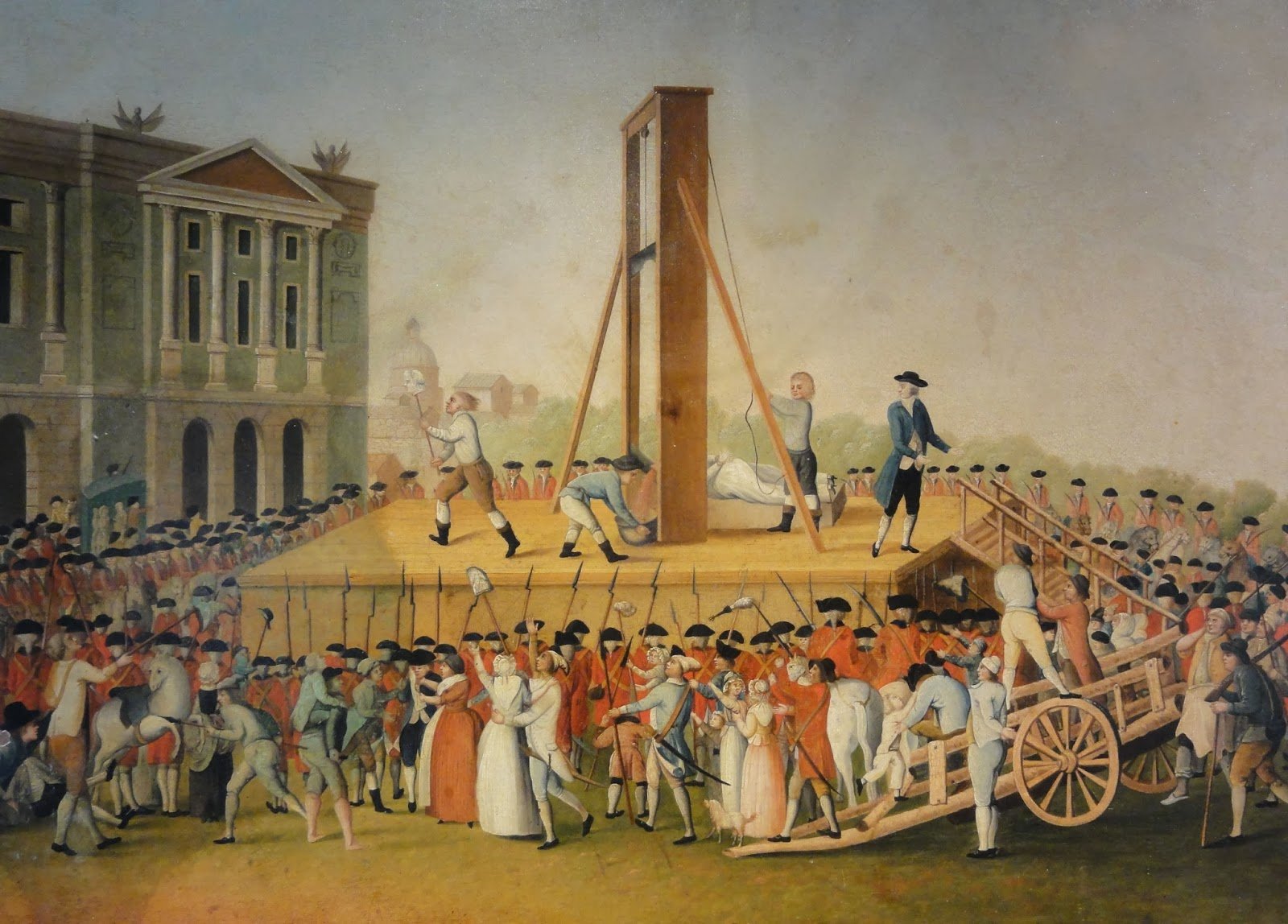
Marie Antoinette, born in 1755, was executed in 1793 following the outbreak of the French Revolution.
Marie Antoinette, the last queen of France, is one of the most controversial and intriguing historical figures. Born in Austria on November 2, 1755, she was the youngest daughter of Empress Maria Theresa and Emperor Francis I. She married the French Dauphin, who later became Louis XVI, at the age of fourteen as part of a diplomatic alliance between France and Austria.
As the Queen of France, Marie Antoinette lived a lavish life in the Palace of Versailles, known for her love of extravagant fashion and opulent parties. Initially beloved, she soon faced criticism for her extravagance and luxurious lifestyle, especially during France’s economic and social crises.
Often unfairly blamed for the country’s economic troubles, Marie Antoinette became a symbol of royal extravagance and corruption. The infamous phrase “Let them eat cake,” mistakenly attributed to her, further cemented this negative image, though there’s no historical evidence she actually said it.
During the French Revolution, her image deteriorated further as she was accused of treason and being out of touch with the people. Following the fall of the monarchy, Marie Antoinette and her husband Louis XVI were arrested. Louis was executed first, followed by Marie Antoinette on the guillotine on October 16, 1793, an event that sparked international sympathy but symbolized the radical change brought by the revolution.
The legacy of Marie Antoinette is complex and multifaceted. Despite the negative image formed during and after the revolution, she later became a symbol of victimization, a casualty of political and social circumstances beyond her control. Depicted in numerous literary, artistic, and cinematic works, she continues to be a figure of fascination, embodying the complexities of royal life and the vicissitudes of history.
This is the shoe that Marie Antoinette lost on the steps as she ascended to the guillotine on the morning of her execution on October 16, 1793.




A drawing representing the execution of Marie Antoinette on October 16, 1793: the executioner, showing Marie Antoinette’s head to the people.
Discover more from History in Pictures
Subscribe to get the latest posts sent to your email.